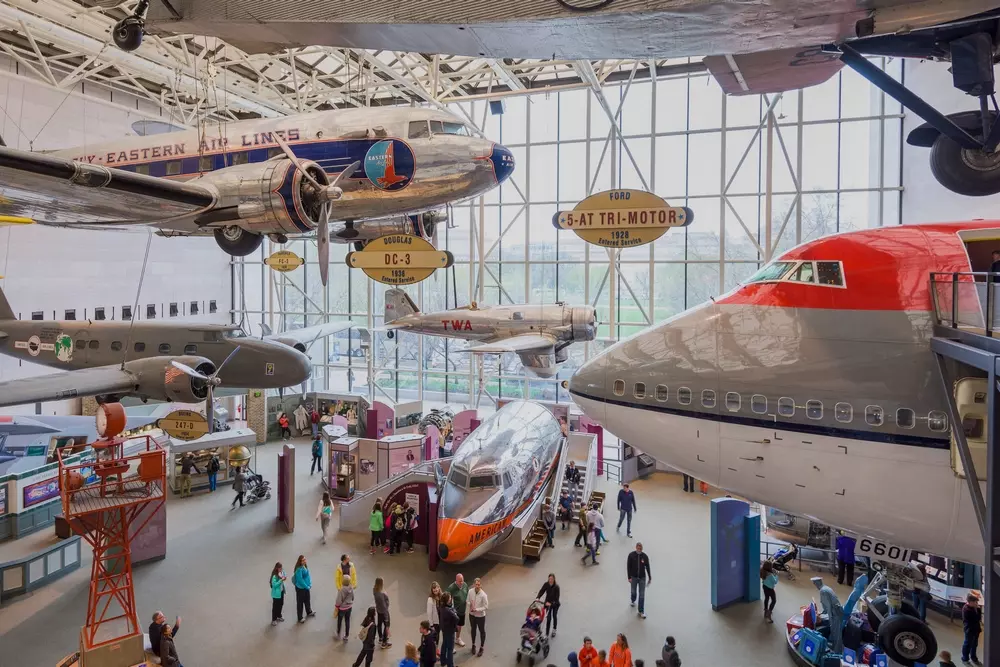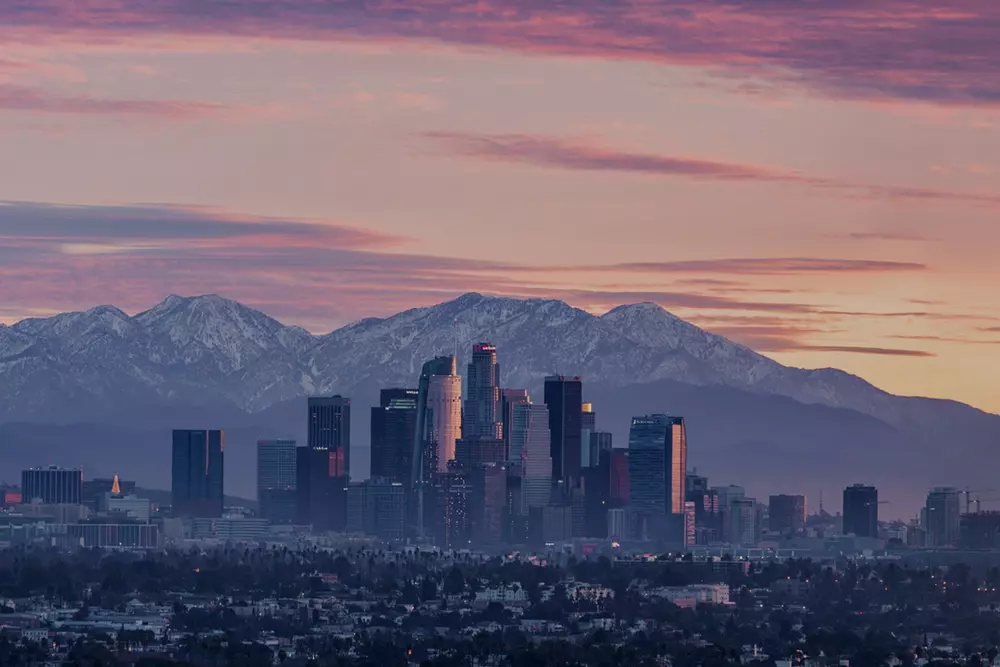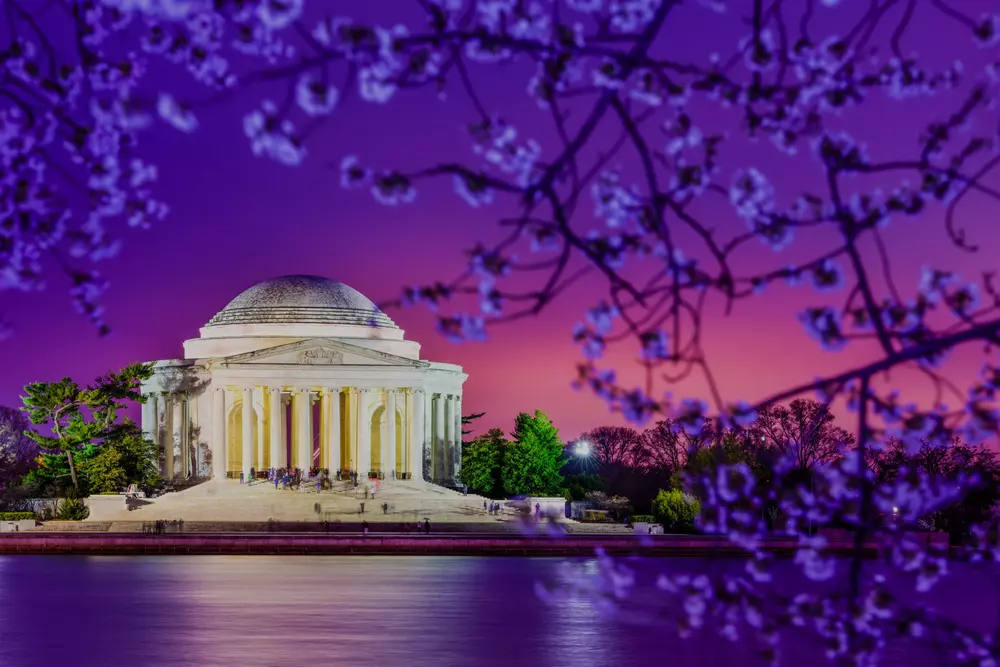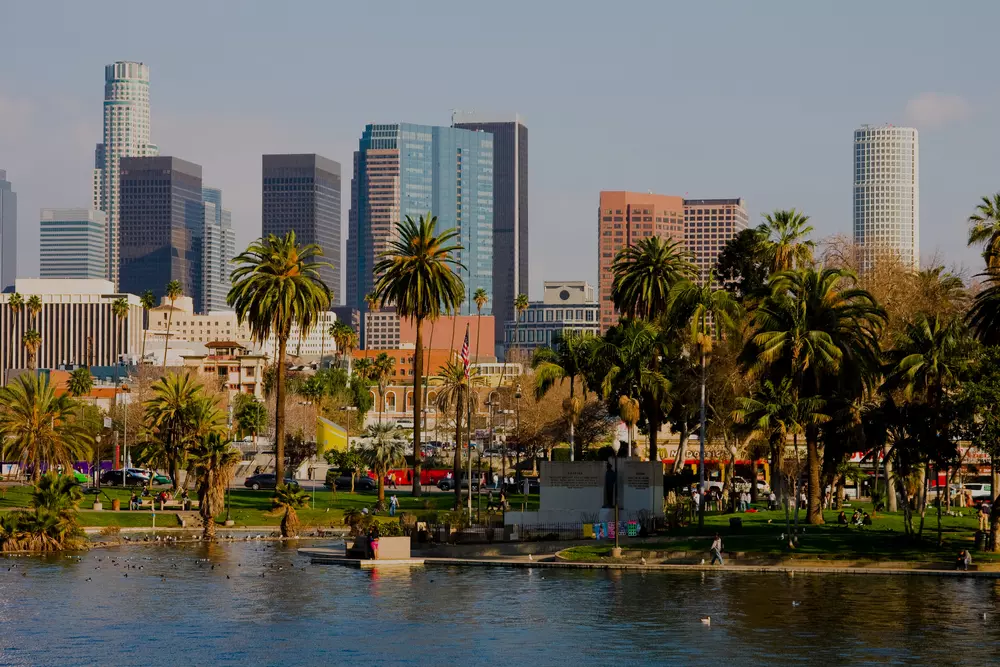Jefferson Memorial: History and Architecture of Washington
The Jefferson Memorial looks beautiful. Its history is quite atypical compared to other monuments. Read the article to find out why it suddenly appeared in the most important park of the capital and how it coexists with the "Japanese" right next to it.
Honoring the Founder
The Jefferson Memorial ranks among the top five favorite buildings of Americans, competing with the skyscrapers of New York. This quiet, serene place pays tribute to one of the Founding Fathers of the United States, the third president, Thomas Jefferson.
Every corner here is imbued with the spirit of freedom and equality that Jefferson so actively promoted. His figure and ideas continue to inspire many, and the memorial serves as a reminder of his contribution to the formation of the modern state.
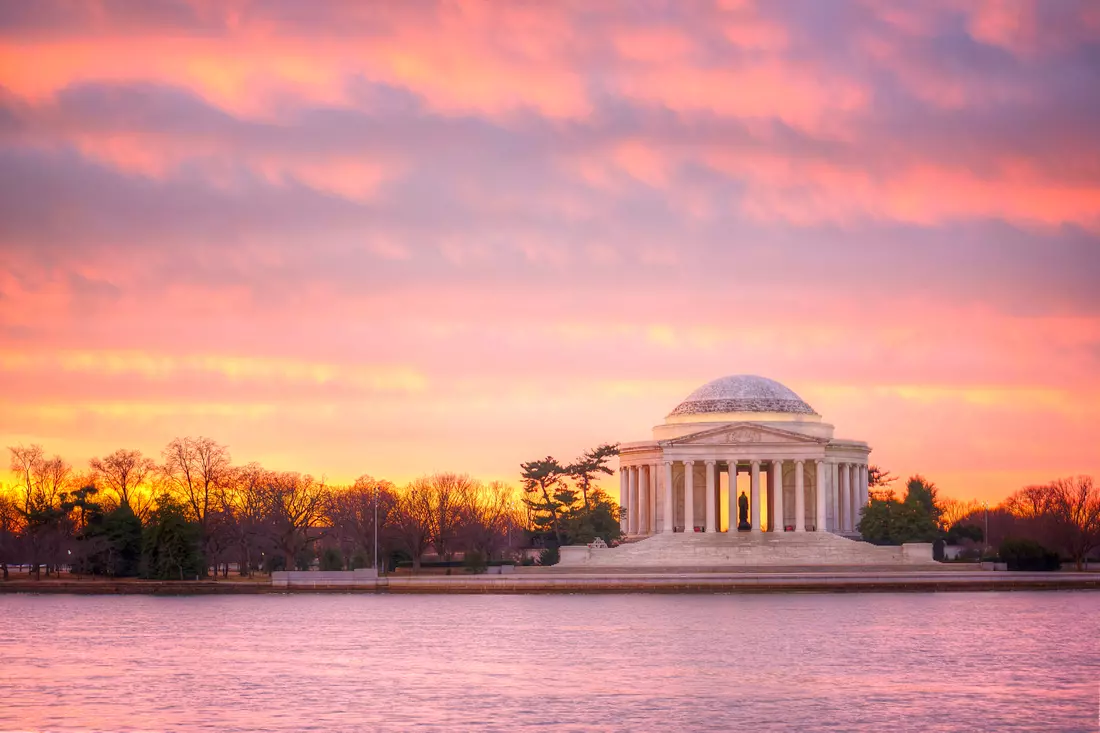
Who Was Jefferson?
With so many presidents in the history of the USA, it's easy to get confused. So, to clarify — Thomas Jefferson was the third president. Even before that, he was one of the Founding Fathers and one of the authors of the Declaration of Independence. He also participated in the War for Independence against the British.
He led the country from 1801 to 1809. During Jefferson's presidency, the territory of the future state of Louisiana was purchased from French colonizers. The achievements in science and geography of that time include the Lewis and Clark Expedition: scientists explored the continent for future organization of transport routes and Indian reservations.
Jefferson even wrote his own Bible, let alone controlling other spheres of political influence. Therefore, he remains one of the most influential people in the country's history.
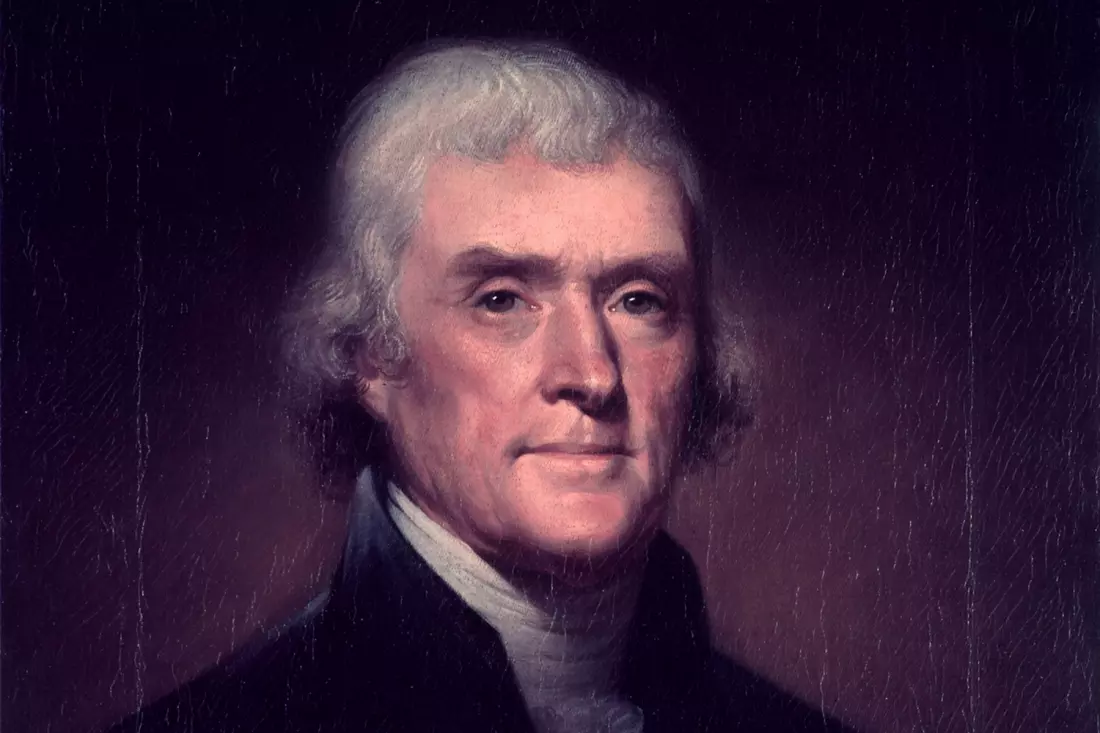
History of the Memorial's Construction
The memorial appeared without any significant reason. The then-president, Theodore Roosevelt, was a big fan of Jefferson, and there was a long-standing idea of building something significant on the southern side of the National Mall. Why not invest $3 million in an idol when the place is idle?
Architect John Pope, who also worked on the National Gallery of Art and several government buildings in Washington, took on the project. Pope was a specialist in neoclassicism, so the future memorial promised to look appropriate.
However, in the midst of construction, Pope passed away, and the project was handed over to an external company. As a result, the memorial looks much stricter and simpler than initially planned. Nevertheless, it became beloved by the people.

Structure of the Complex
The memorial consists of a portico, a colonnade, and a rotunda under a dome. Inside, the cornices are decorated with quotes from the Declaration of Independence, and at the center of the rotunda stands a statue of Thomas Jefferson, about six meters high. Initially, it was made of plaster since the monument was completed during World War II, and all the bronze went to weapons. After the war, the statue was replaced with a bronze one, taller and more beautiful than the previous one.
The Jefferson Memorial is located next to the Tidal Basin, creating a beautiful landscape — the white structure reflects in the water, appearing even more delicate and artful. The landscape is complemented by Japanese cherry trees planted around — a gift from the Tokyo government. Although cherry blossoms might seem odd alongside a symbol of American ideals, the beauty of the blooming trees in spring overshadows any discrepancy. The shades of pink from the blooming trees perfectly complement the symbols of American power and authority.
Today, the memorial is one of the four main structures of the National Mall, and besides its aesthetics, it also helps with orientation. And we can help you navigate American past, present, and future.

We've been living in the USA for a long time, and we're deeply interested in the history, geography, and culture of this country. We know a lot about living, working, and relaxing here. If our expertise can be of any use to you, we're happy to help resolve your problems and answer your questions.
All you need to do is contact us in any way convenient for you — our specialists will provide the fastest and most effective response.






















